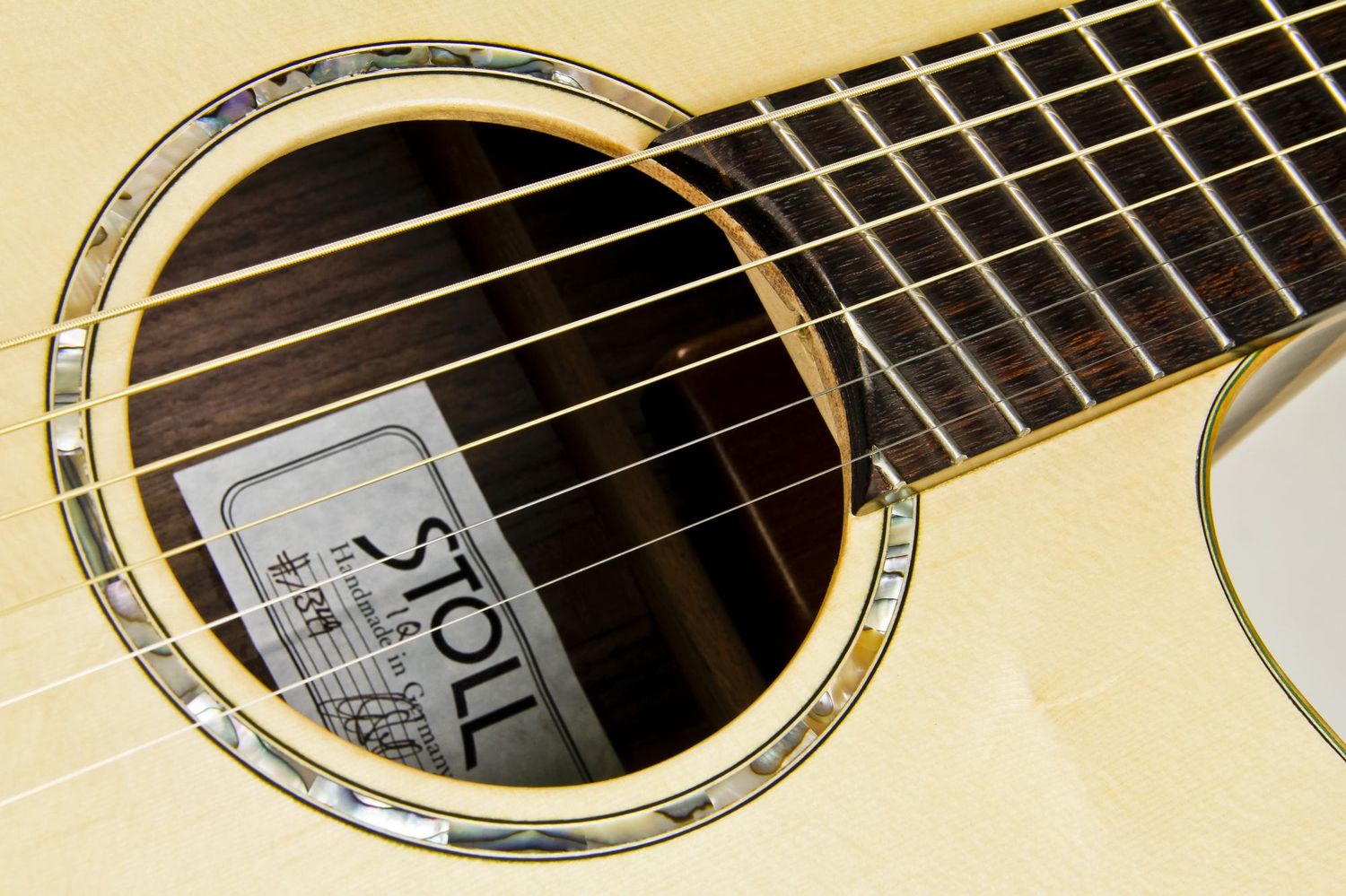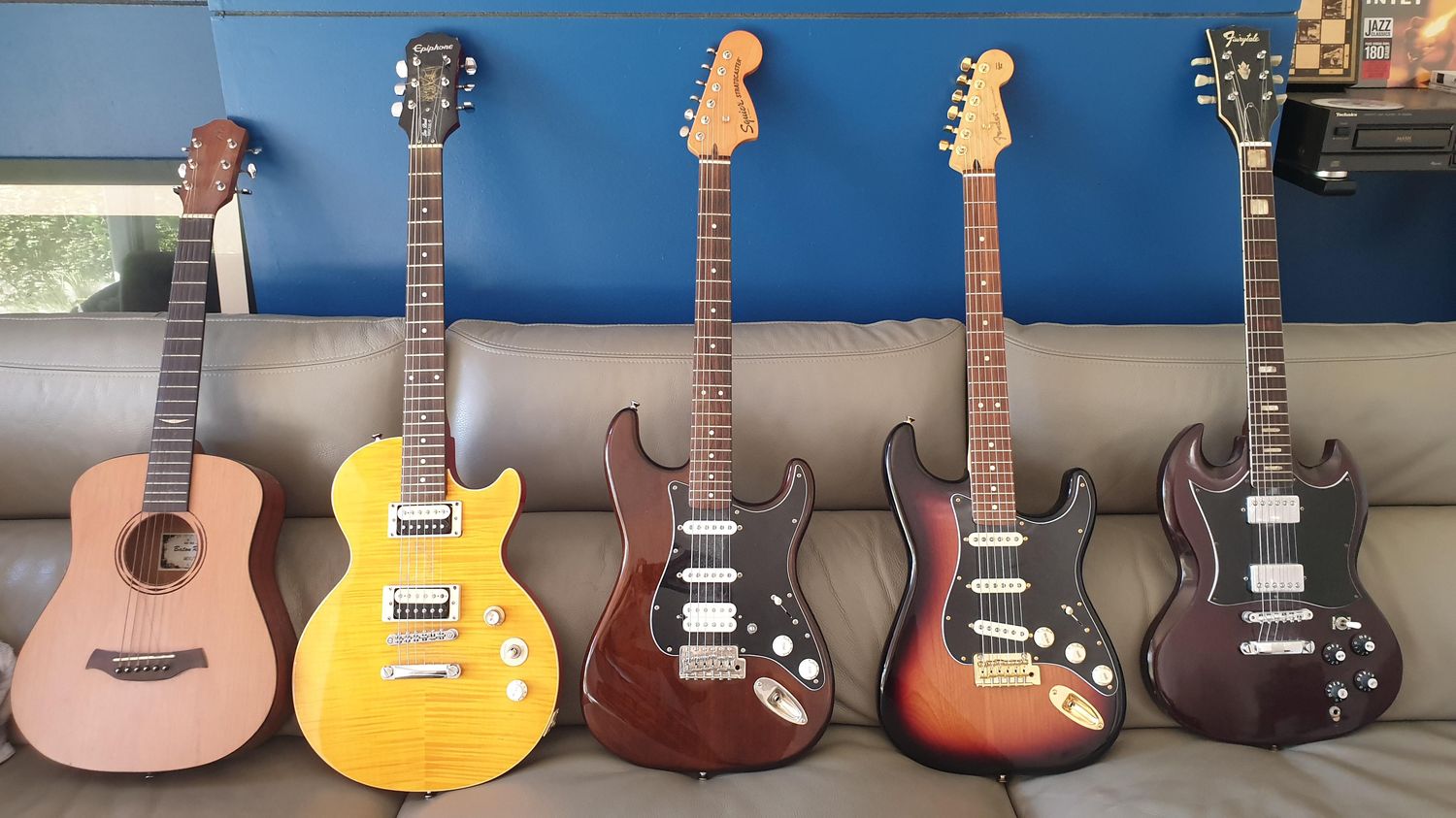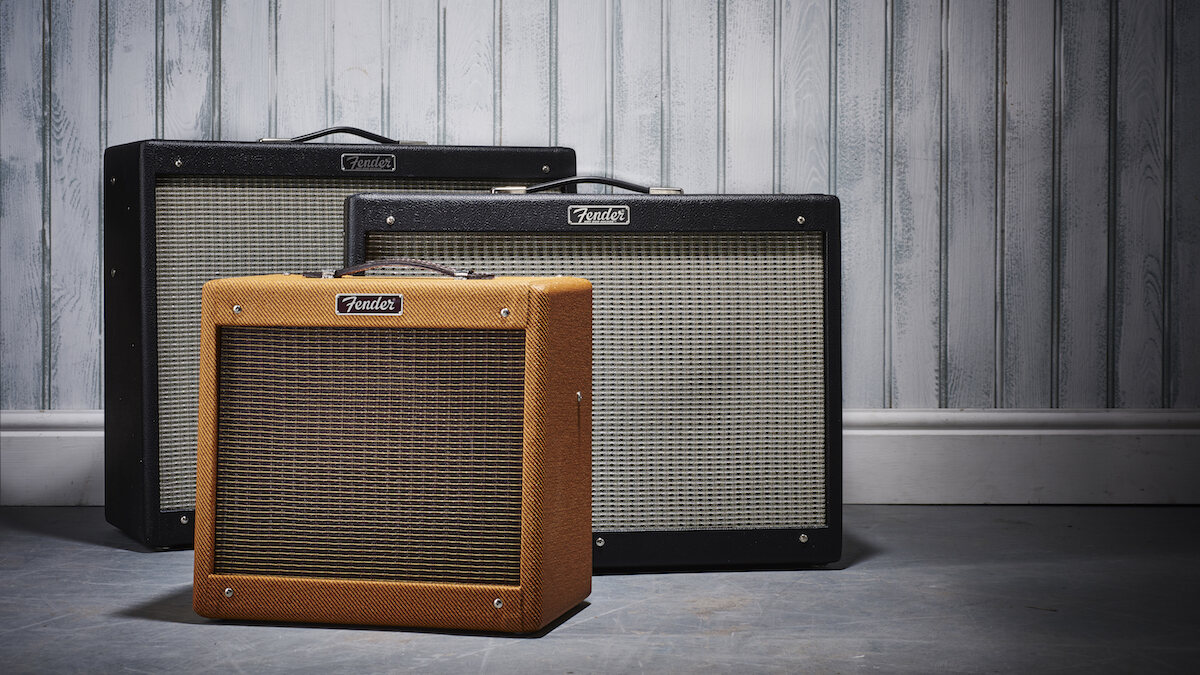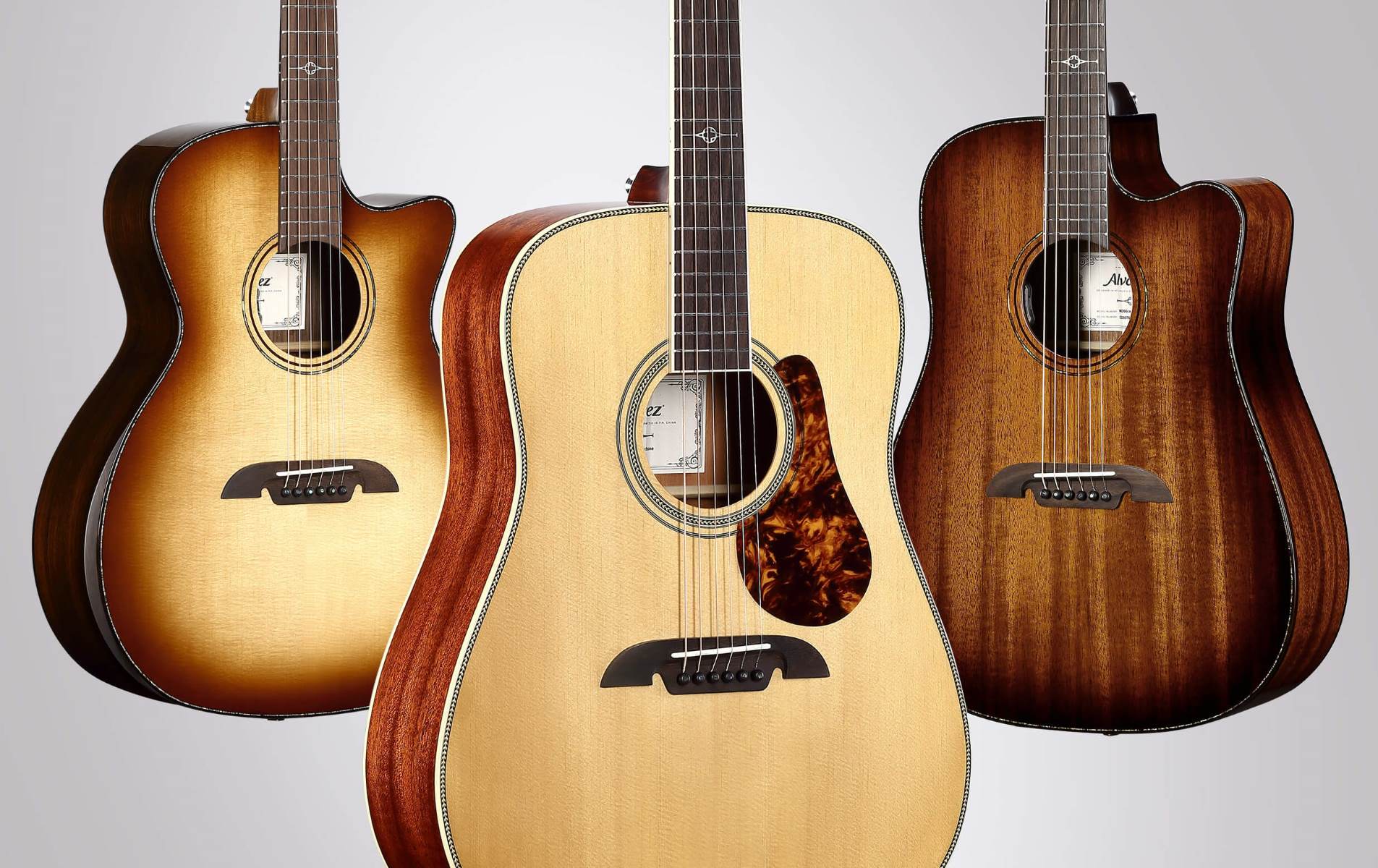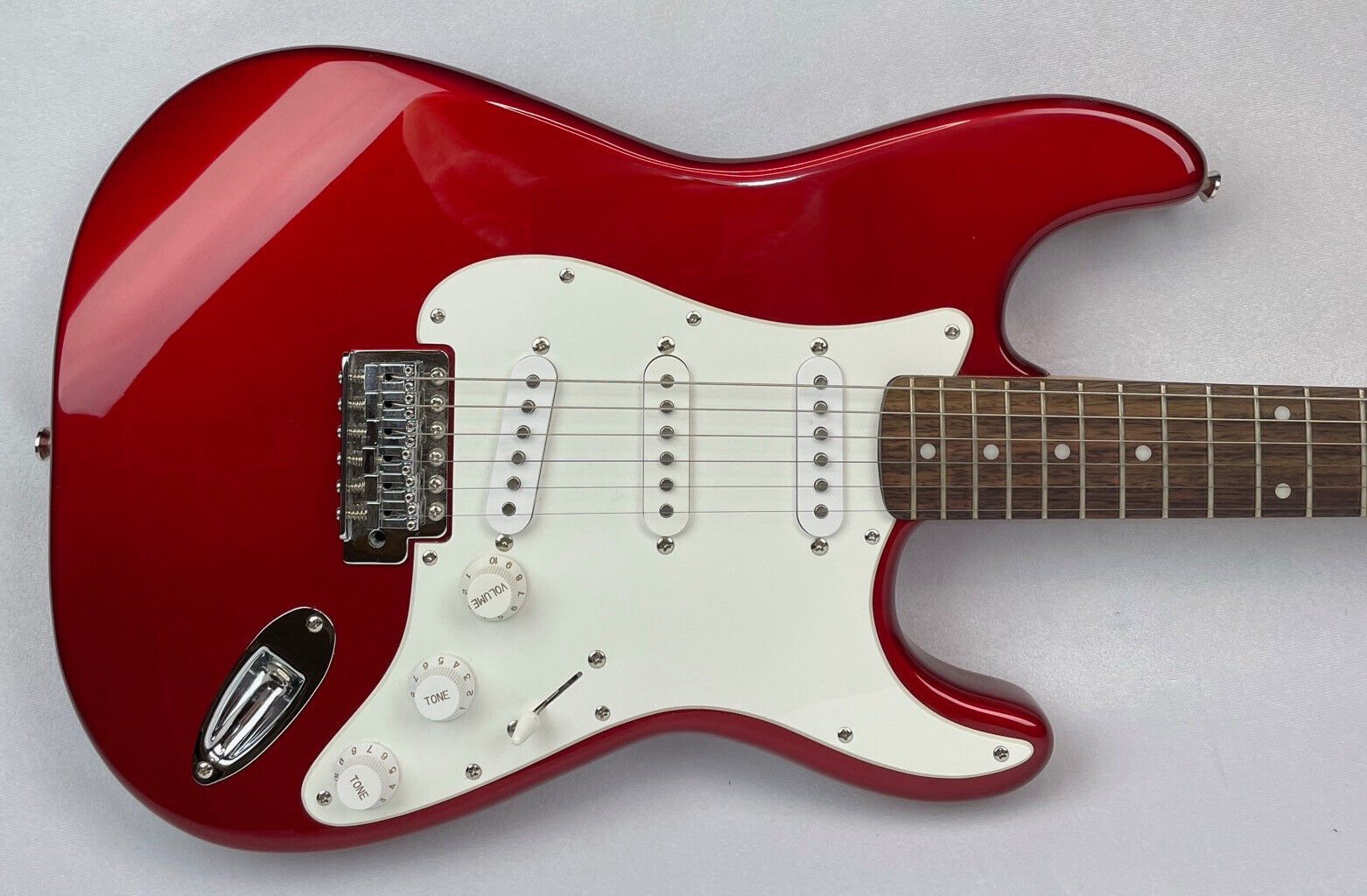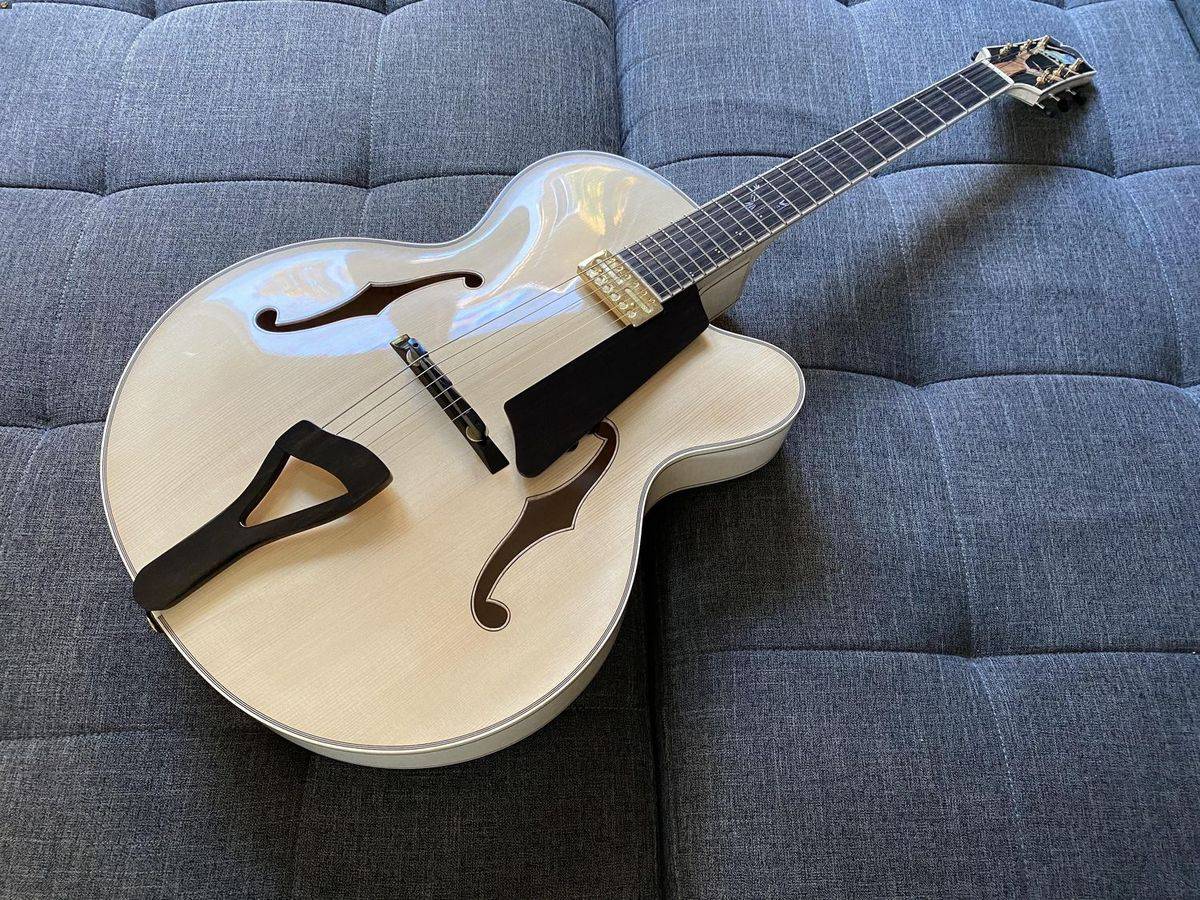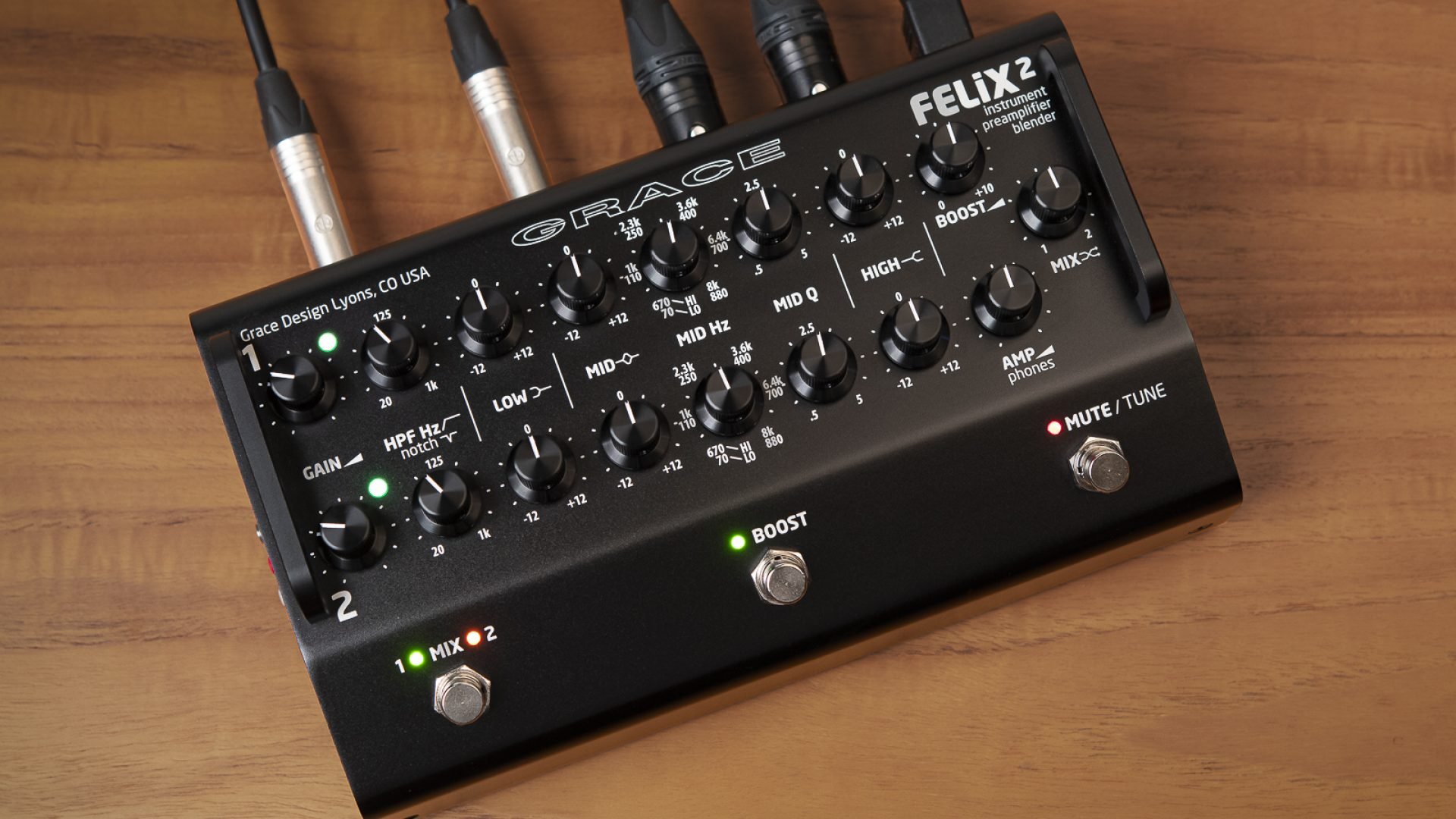Home>Instruments>Guitar>What Is Guitar Gain
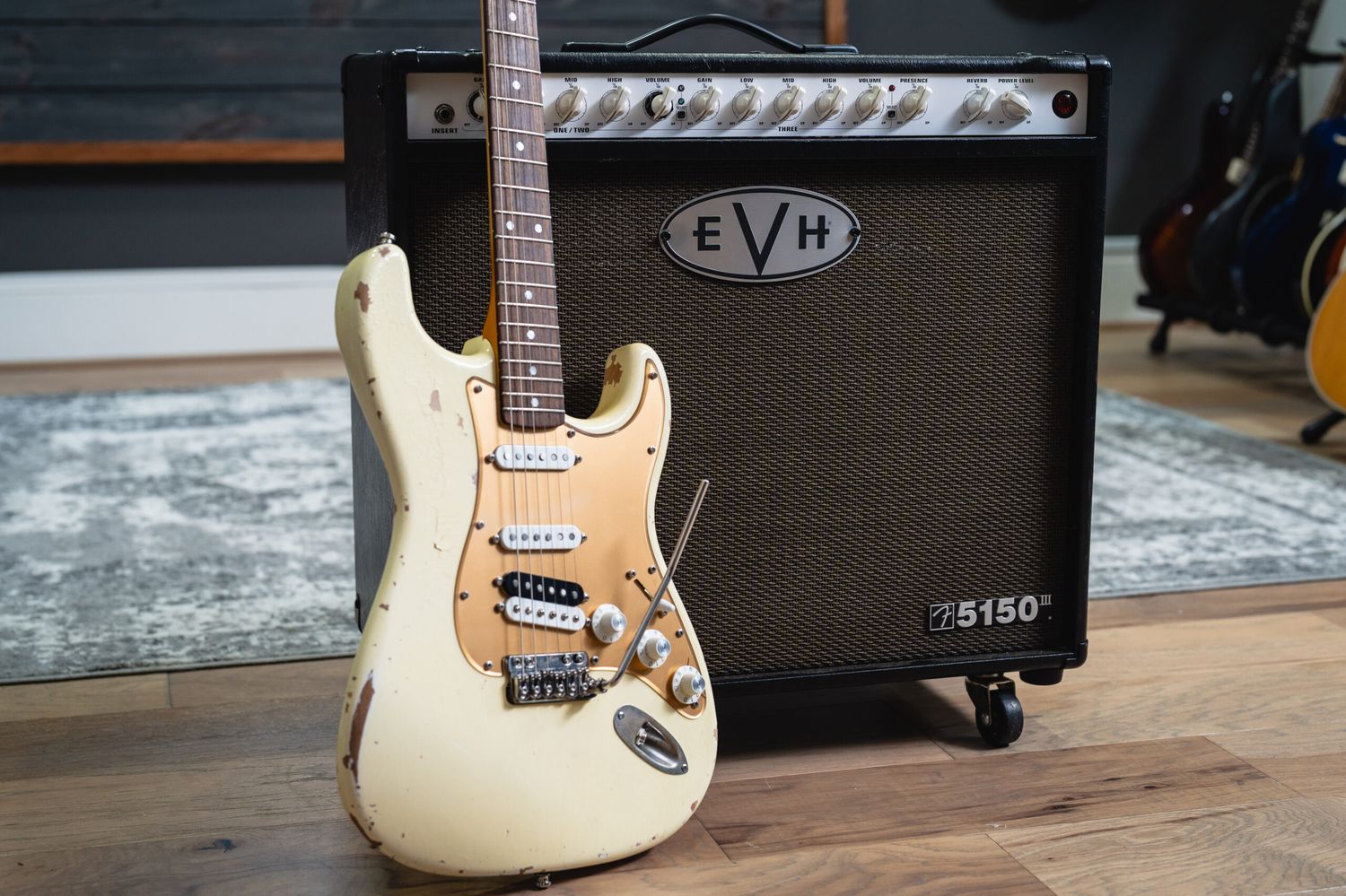

Guitar
What Is Guitar Gain
Published: February 15, 2024
Learn about the importance of guitar gain and how it impacts your sound. Discover tips for adjusting gain to achieve the perfect tone for your guitar playing.
(Many of the links in this article redirect to a specific reviewed product. Your purchase of these products through affiliate links helps to generate commission for AudioLover.com, at no extra cost. Learn more)
Table of Contents
Introduction
When it comes to the world of electric guitars, the term “gain” holds significant importance. Guitar gain, often referred to as overdrive or distortion, is a fundamental aspect of the instrument’s sound. Understanding and mastering guitar gain is essential for any guitarist aiming to explore the full potential of their instrument.
Gain in the context of electric guitars refers to the amount of amplification applied to the signal from the guitar pickups. This amplification results in a more powerful and distorted sound, adding depth and character to the music. The concept of gain is deeply intertwined with the history and evolution of electric guitars, playing a crucial role in shaping the diverse genres of music we know and love today.
From the iconic bluesy overdriven tones of classic rock to the searing distortion found in heavy metal, guitar gain has left an indelible mark on the sonic landscape of modern music. It’s not just about making things louder; it’s about crafting a unique and expressive tone that resonates with the listener.
In this comprehensive guide, we will delve into the intricacies of guitar gain, exploring its various forms, its significance in the realm of music, and how it can be harnessed to unlock a broad spectrum of sonic possibilities. Whether you’re a seasoned guitarist or just starting your musical journey, understanding guitar gain is a crucial step towards harnessing the true potential of the electric guitar.
Understanding Guitar Gain
At its core, guitar gain is the amplification of the signal produced by the guitar’s pickups. When the signal is amplified, it introduces harmonic distortion, resulting in a more saturated and textured sound. This effect is commonly associated with genres such as rock, metal, and blues, where the distinctive crunch and sustain are highly sought after.
It’s important to note that gain is not solely about making the sound louder; it’s about shaping the tonal characteristics of the guitar’s output. Different levels of gain can produce vastly different sounds, from a subtle warmth and edge to a full-on aggressive growl. The manipulation of gain allows guitarists to infuse their playing with emotion and intensity, adding depth and dimension to their musical expression.
Understanding the relationship between gain and tone is essential for crafting a signature sound. By adjusting the gain levels, guitarists can achieve a wide array of tonal variations, from clean and pristine to gritty and distorted. This versatility empowers musicians to adapt their playing style to fit a diverse range of musical genres and performance settings.
Moreover, the interaction between gain and the guitar’s volume and tone controls opens up a world of sonic possibilities. By fine-tuning these parameters, players can sculpt their sound with precision, dialing in the perfect balance of clarity, dynamics, and aggression.
Ultimately, gaining a deep understanding of guitar gain empowers guitarists to harness the instrument’s expressive potential, allowing them to convey a rich tapestry of emotions through their music. Whether it’s the searing lead lines of a rock anthem or the soulful blues licks that tug at the heartstrings, the judicious application of gain is a cornerstone of the electric guitar’s sonic palette.
Types of Guitar Gain
When it comes to guitar gain, there are several distinct types that cater to different musical styles and tonal preferences. Understanding these variations is crucial for tailoring the sound to suit specific artistic visions. Here are the primary types of guitar gain:
- Clean Gain: Clean gain refers to the amplification of the guitar signal without introducing any noticeable distortion. This type of gain produces a pristine, undistorted sound, ideal for genres such as jazz, country, and pop where a clear and transparent tone is desired.
- Overdrive: Overdrive gain introduces a mild to moderate level of harmonic saturation, resulting in a warm, gritty sound. It is a hallmark of classic rock and blues, providing a rich and dynamic tone with a touch of natural compression and sustain.
- Distortion: Distortion gain pushes the signal into aggressive saturation, yielding a heavily distorted and compressed sound. This type of gain is synonymous with hard rock and heavy metal, delivering powerful, sustained tones with a ferocious edge.
- Fuzz: Fuzz gain creates extreme, buzzy distortion with a pronounced emphasis on sustain and compression. Popularized in genres like psychedelic rock and alternative music, fuzz offers a raw and chaotic sonic character, often bordering on the surreal.
Each type of gain imparts a distinct sonic fingerprint, allowing guitarists to sculpt their sound with precision and artistry. By leveraging these variations, musicians can explore a vast spectrum of tonal textures, from sparkling cleans to searing distortion, tailoring their sonic identity to match their creative vision.
Importance of Guitar Gain
The significance of guitar gain extends far beyond simply shaping the instrument’s sound; it plays a pivotal role in defining the emotional impact and artistic expression of the music. Here’s why guitar gain holds such profound importance in the realm of electric guitars:
- Tonal Versatility: Guitar gain serves as a versatile tool for sculpting a wide range of tones, from clean and articulate to heavily distorted and aggressive. This versatility enables guitarists to adapt their sound to various musical genres and performance contexts, showcasing their artistic adaptability.
- Expressive Dynamics: The manipulation of gain levels empowers musicians to imbue their playing with expressive dynamics, allowing them to convey a spectrum of emotions through their music. From subtle nuances to searing intensity, gain adds depth and dimension to the guitarist’s sonic palette.
- Genre-Specific Character: Different types of gain are closely associated with specific musical genres, contributing to the characteristic sonic identity of each style. Whether it’s the warm overdrive of blues or the aggressive distortion of metal, gain plays a defining role in shaping the sonic landscape of diverse musical movements.
- Creative Artistry: Guitar gain fuels creative exploration, encouraging musicians to push the boundaries of sonic experimentation. It fosters a platform for artistic innovation, enabling guitarists to craft unique and compelling sounds that resonate with listeners on a profound level.
- Live Performance Impact: In a live performance setting, the judicious application of gain can elevate the energy and impact of a musical performance. From searing solos that soar above the mix to rhythm parts that exude raw power, gain enhances the sonic presence of the guitar in a live environment.
Ultimately, the importance of guitar gain transcends technical amplification; it embodies the very essence of artistic expression and emotional storytelling through music. By harnessing the power of gain, guitarists can breathe life into their compositions, forging a deep and lasting connection with their audience through the evocative language of sound.
How to Control Guitar Gain
Mastering the art of controlling guitar gain is essential for achieving a nuanced and expressive sonic identity. Here are several techniques and considerations for effectively managing and shaping the gain characteristics of an electric guitar:
- Gain Knob: The gain knob, often found on guitar amplifiers and overdrive pedals, allows players to adjust the amount of gain applied to the signal. Turning the gain knob clockwise increases the level of distortion, while dialing it back reduces the amount of saturation, providing a clean or lightly overdriven sound.
- Volume Control: The guitar’s volume knob is a powerful tool for regulating the input level and gain characteristics. Lowering the volume can clean up the sound, reducing the amount of distortion, while cranking it up pushes the amplifier or pedal into higher gain territory, yielding a more saturated and aggressive tone.
- Tone Shaping: Many amplifiers and pedals feature tone controls that allow players to shape the frequency response of the gain-laden signal. Adjusting the tone knobs can sculpt the character of the distortion, from bright and biting to dark and smooth, offering a wide range of tonal possibilities.
- Pickup Selection: Switching between different pickups on the guitar can influence the input level and tonal response, affecting how the gain is processed by the amplifier or pedal. Experimenting with pickup selection can yield varied levels of output and harmonic content, influencing the overall gain structure.
- Touch Sensitivity: Controlling gain is not just about manipulating knobs; it also involves the player’s touch and dynamics. Varying the picking intensity and technique can produce dynamic shifts in the gain response, allowing for expressive articulation and nuanced control over the instrument’s voice.
By mastering these techniques and understanding the interplay between gain manipulation and instrumental control, guitarists can unlock a wealth of sonic potential, harnessing the expressive power of gain to convey a rich tapestry of emotions through their music.
Conclusion
In the realm of electric guitars, the concept of gain stands as a cornerstone of sonic expression and artistic innovation. From the subtle warmth of overdrive to the searing intensity of distortion, guitar gain serves as a powerful tool for shaping the tonal landscape and conveying a spectrum of emotions through music. It is not merely a technical parameter but a conduit for creative storytelling and emotive communication.
Understanding the nuances of guitar gain empowers musicians to craft a signature sound that resonates with depth and authenticity. By embracing the diverse types of gain and mastering the art of control, guitarists can navigate a rich tapestry of tonal textures, adapting their sonic identity to fit a myriad of musical genres and performance settings.
As guitar gain continues to evolve alongside musical expression, it remains an integral component of the electric guitar’s sonic palette, driving artistic exploration and sonic innovation. Whether in the studio, on stage, or in the hands of aspiring musicians, the profound impact of guitar gain reverberates through the fabric of modern music, shaping the soundscape and captivating audiences with its emotive resonance.
In essence, the mastery of guitar gain is a journey of sonic discovery, inviting guitarists to explore the boundless possibilities of tone and expression. It is a testament to the enduring allure of the electric guitar and its capacity to convey the depth of human emotion through the evocative language of sound.

